Name Koen den Role Artist | Spouse Chantal Pattyn (m. 2007) | |
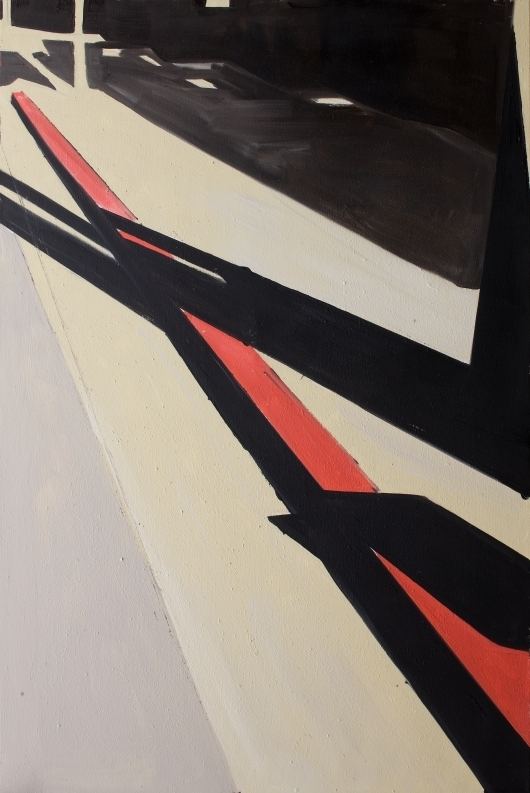 | ||
Books John Baldessari, Koen Van Den Broek: This is an Example of that | ||
Friedman brenda koen van den broek
Koen van den Broek (born 1973) is a Belgian artist who lives in Antwerp
Contents
- Friedman brenda koen van den broek
- Friedman brenda gallery koen van den broek insomnia and the greenhouse
- Biography
- Work
- Exhibitions selection
- Public collections
- References
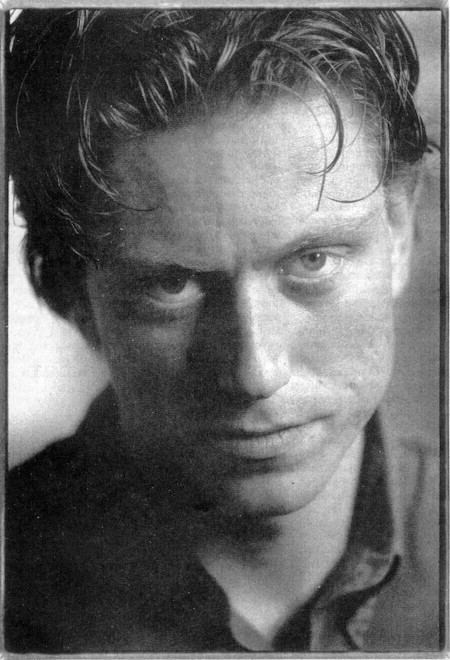
Friedman brenda gallery koen van den broek insomnia and the greenhouse
Biography
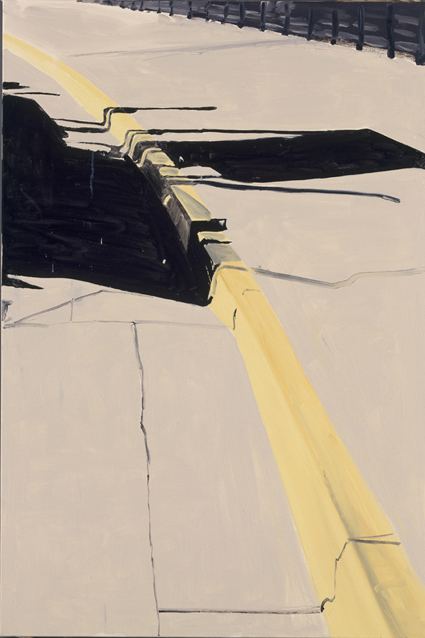
Van den Broek was born in 1973 in Bree, Belgium.
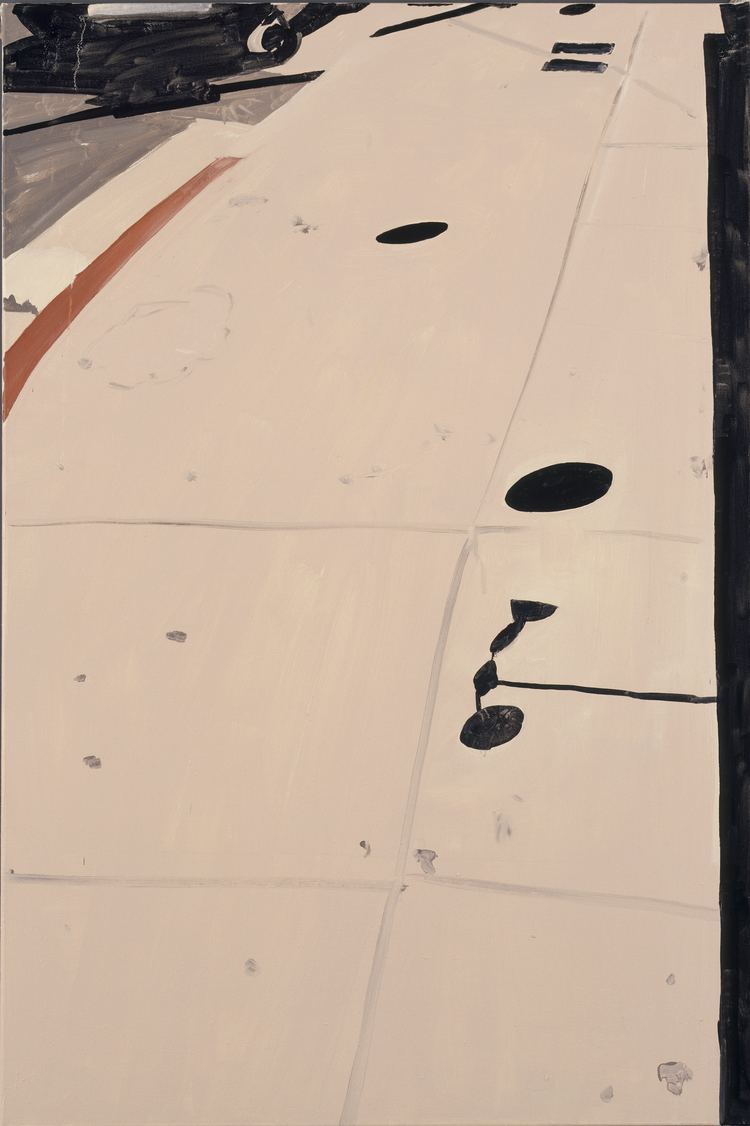
Starting from his training as an architect at the Catholic University of Leuven (Katholieke Universiteit Leuven) (B), Koen van den Broek's decision to paint was an almost logical one. His preference for the work of Matisse, as well as his art-education at the Royal Academy of Fine Arts (Antwerp) (B) and Sint-Joost in Breda (NL) root him deeply in the European painting-tradition. He has however, always put this in a perspective by a strong preoccupation with American conceptual and abstract art. Not only in theory but also by means of road trips made almost annually through the United States, which provide him with the necessary source material.
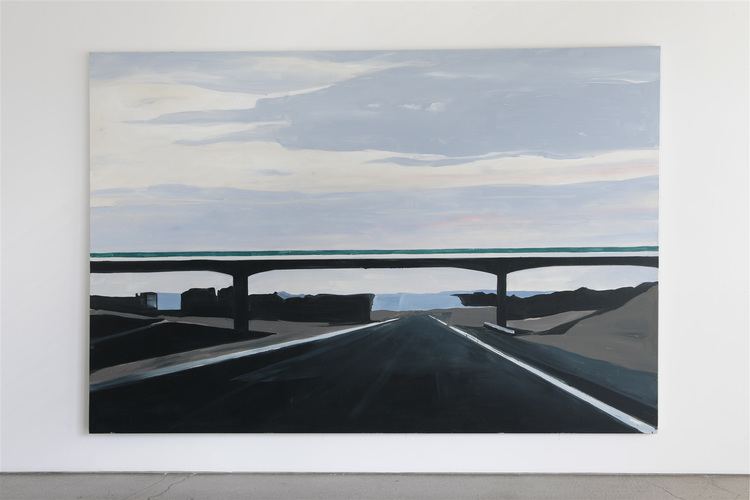
At the Academy, Koen was tutored by Fred Bervoets, who taught him a certain discipline in his work, as well as the fact that everything in a painting needs to have its function. It struck him that Koen was able to say a lot with little means: “Koen paints so little and says so much. Koen paints the essence.”
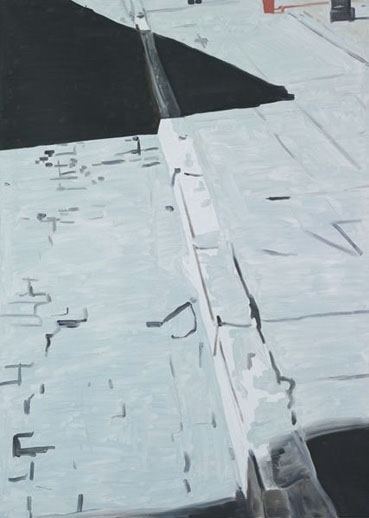
In 2003 he participated in the SFMOMA- exhibition "Matisse and beyond: A century of modernism” thereby confirming his admiration for the artist whose work is perhaps the most essential influence on his. Above all it is the way in which Matisse, with the help of bold colours, can reduce an image to its essence, apart from any message or content, and still doesn’t get boring after all these years that command van den Broek’s deep respect.
Van den Broek got acquainted with John Baldessari, one of the founders of conceptual art at the West coast, when he went to Los Angeles, not long after his stay at the post-graduate program of the HISK (Higher Institute for Fine Arts) in Antwerp, in 2001. After a friendship of seven years they decided in 2008 to collaborate on a project that combined photographs by Baldessari with painted interventions by van den Broek. "I worked with photographs Baldessari made of film-stills of Hollywood-movies (…) Baldessari printed them on large format, three by four metres (…) John sent me images that are the opposite of my work: black and white, lots of interiors, while I work with colour and exteriors. (…) he sets up pitfalls for an artist, because I definitely didn’t want to do what he should do: it was a tricky process, but also a very intriguing one.”
When he was asked by the Museum of Modern Art, Antwerp in 2008 to curate an exhibition with their collection, he combined it with work from Belgian private collections. He created connections between Minimalist and Post-expressionist American, Belgian and European artists, based on what was important to him as an artist. Next to this subjective approach a more objective story about the place of Belgian art in a broader, international context emerged.
On the occasion of his solo-exhibitions at the Municipal Museum for Contemporary Art (Stedelijk Museum voor Actuele Kunst, SMAK) in Ghent, "Crack", a comprehensive catalogue, was published, edited by Wouter Davidts, and with contributions by, among others John Welchman, Andrew Renton and Dirk Lauwaert. In this monography, as well as in the exhibition a broad overview was given of van den Broek's career until then, and this helped him to draw "…new conclusions from my older work and this gave me the energy to keep on developing my familiar motives of the urban landscape and how this can be translated in new ways onto the canvas."
Work
The work of Van den Broek is characterized thematically by the way in which it treats the (mainly American and Asian) landscape, starting more and more from an abstract language.
Van den Broek is mainly concerned with the image and the structure of the image itself, much less with the handling of paint or bringing over a message.
In "The blinding of photography" Dirk Lauwaert points out that: “… in every image, the painter [van den Broek] marks out his place with razor-sharp precision". The reason is his photographic point of departure, the world as seen through one lens. Van den Broek's main question here is: how to translate the photographic eye into an image. “The photograph is in fact less than a sketch. It is something that is wholly and completely inadequate: it is not an image, at best only a registration. It is not a material that can be worked –such as a drawing that is homologous to a painting. The photograph must disappear as a photograph in order for an image to exist.”
This use of photography has consequences for the composition. In contrast to human interpretation, which tries to structure what is important and what is not, the mechanical device blurs this difference. By his cadrage he always seems to leave out the most important part.
Therefore, his paintings often show seemingly unimportant details or object-matter like kerb-stones, garages, shadows or cracks in a road-surface. Their subject however, according to David Anfam, seems to be something else: “… the hoary modernist process of abstracting from observation has gone awry. … these fields and angles are semaphores, as non-objective as Newman's or Piet Mondrian's, in search of a subject. Here schemata seek or feign to become site-specific places."
Van den Broek often uses saturated and high-key colours. In his work, space is made by its borders and demarcations, and light is evoked with shadow, without midtones. This lends to his work often a graphic character, with pure colours.
Recently, in a series of new exhibitions (Chicane at Marlborough Contemporary London, Yaw at Galerie Greta Meert Brussels, Apex at Friedman Benda Gallery New York, Zylon at Gallery Baton in Seoul, Armco at Figge von Rosen Galerie in Cologne and Cut Away The Snoopy at Marlborough Contemporary in London) this graphic character has been carried further, into a direction that seems to move away from its basis in reality. To do this, Van den Broek samples parts of existing images freely into a new image. More and more attention is given now to the picture-plane itself, on which architectural details and shadows become pictorial elements that create new constellations.
